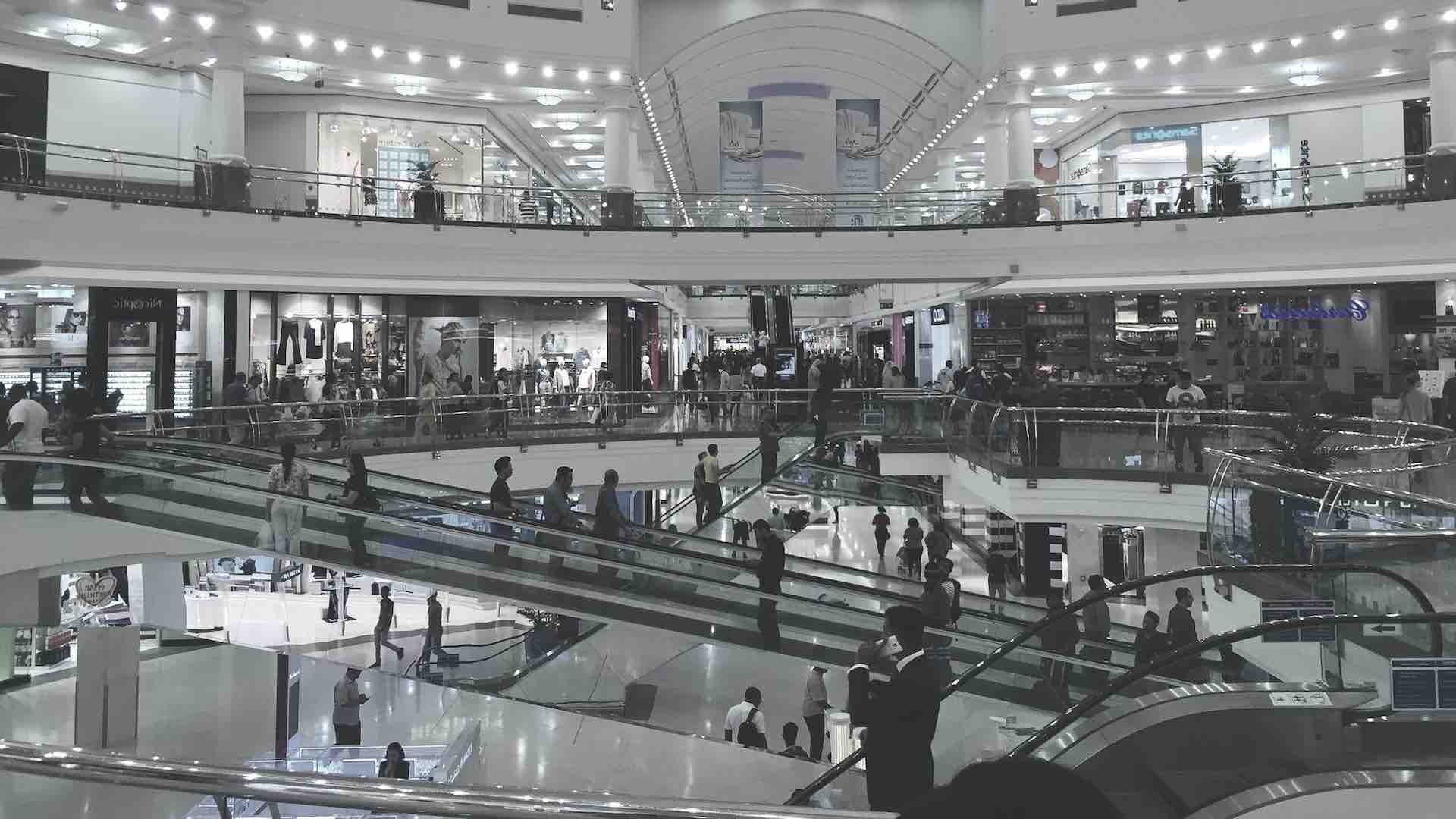In a strong rebound, U.S. shoppers ramped up their spending in July, registering a 1% increase from June – the highest growth in retail sales seen in 18 months. This surge, reported by the Commerce Department, came after a modest dip in the previous month, signaling robust consumer confidence despite ongoing economic pressures. Notably, sectors such as auto, electronics, appliances, and grocery stores experienced significant gains.

Adjusted for inflation, retail sales improved by approximately 0.8%. When excluding gas stations, whose sales can skew the overall spending appetite, the increase also stood at 1%. This suggests a sustained interest in retail consumption away from fluctuating fuel prices.
Despite challenges from persistent high prices and rising interest rates since the pandemic, consumers have seen a slight uptick in inflation-adjusted wages over the past year. Additionally, the financial stability of upper-income groups has been bolstered by appreciating stock values and home prices, which may be contributing to continued consumer expenditure.
Early August saw financial markets stumble following reports of weaker-than-expected job growth and a climbing unemployment rate in July. However, subsequent data indicated that layoffs remain infrequent and that the service sector – which includes travel, entertainment, and healthcare—continues to experience strong activity and hiring.
The reliance on credit for purchases has increased, sparking some concerns among economists. The proportion of consumers falling behind on credit card payments has risen, albeit from a low base. Yet, this spending pattern is supported by the receding tide of inflation, which saw consumer prices increase by just 2.9% in July year-over-year, marking the lowest rate since March 2021.
Core inflation, which strips out the more volatile food and energy sectors, also decelerated for the fourth consecutive month. This easing of price pressures could provide some respite for consumers, potentially sustaining the current momentum in retail spending.
